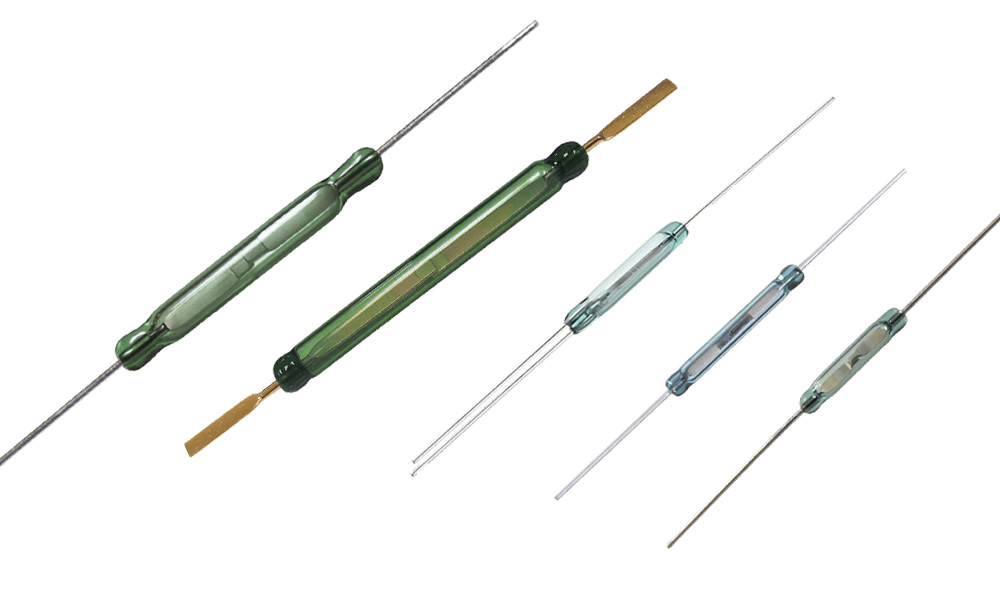 0755-8253 2401
0755-8253 2401 Switching Current vs. Load Current in a Reed Switch
When selecting a reed switch for a specific application, one of the several issues to consider is how much load current the switch will need to handle. If you are only switching low current signals, this is not a problem as almost any reed switch can handle at least 100mA.
However, when you need to switch currents of several hundred milliamps or more, problems arise. When looking at the electrical power ratings in a reed switch data sheet, you will find at least two different current specifications:
1. Switching current 2. Load current
At first, it may seem strange that there are two different current specifications, and some reed switches have these two values ????the same. However, for many reed switches, the switching current value should be lower than the load current value.
So, what is the difference between switch current and load current? And what are the implications?
Switching current is the current flowing through the internal contacts of a reed switch when they first make contact and the current interrupted when the contacts open. Load current is the steady-state current flowing through the reed switch after the contacts are closed and stable. Switching current is typically lower than load current because arcing can occur when the contacts approach or separate, which can degrade the contact material and, in extreme cases, weld the contacts together. Once the contacts close, arcing no longer occurs because there is no gap between them.
For most applications, the current the switch needs to handle during switching is equal to or higher than the current during steady-state operation. Therefore, when searching for a suitable reed switch, most designs should focus on the switching current rather than the load current.




